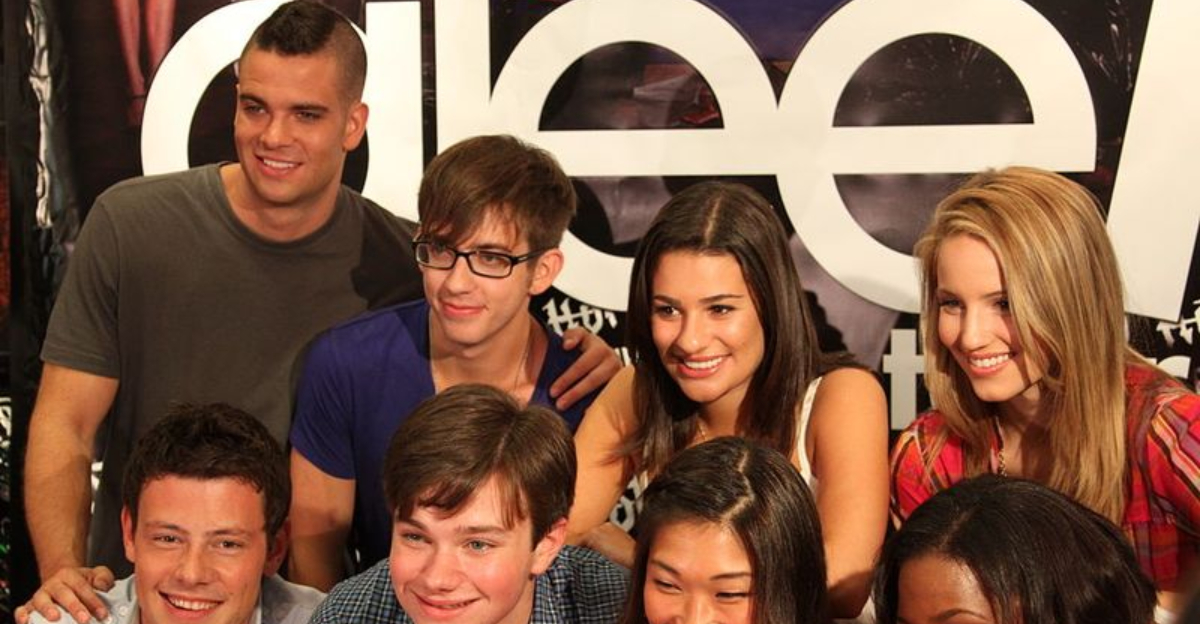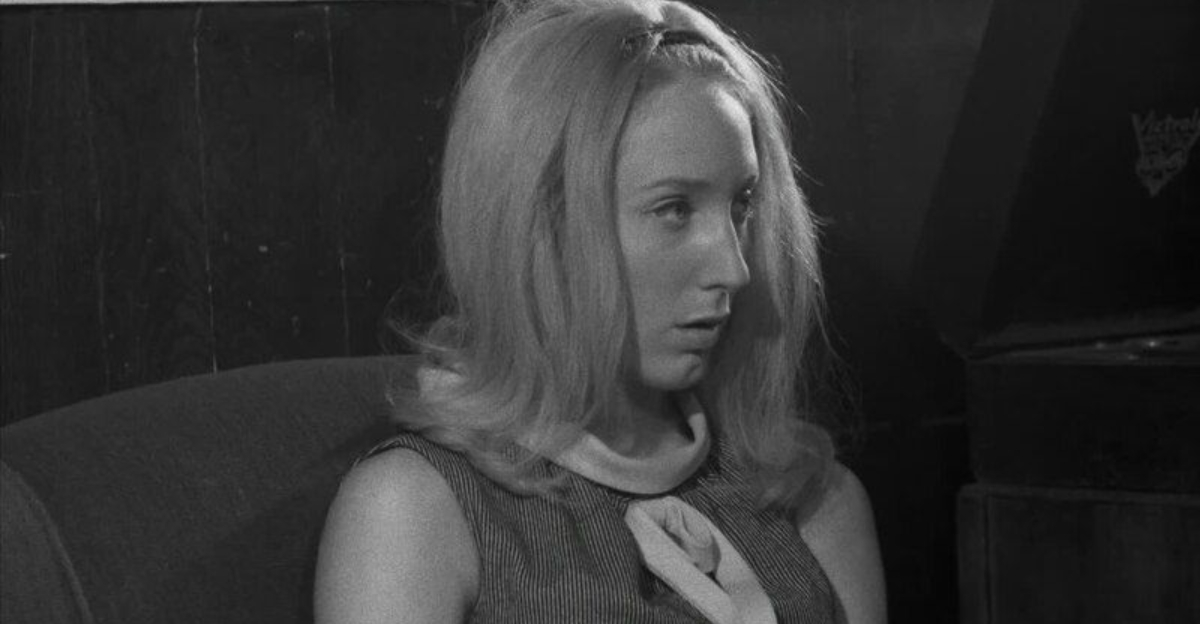12 Quirky Inventions From The Past That Were Ahead (Or Behind) Their Time
History is full of wild ideas that make you wonder what inventors were thinking. Some gadgets were brilliant but too early for their era, while others seemed ridiculous from day one.
From baby cages dangling off apartment buildings to nuclear-powered cars, these quirky creations show how creativity and practicality don’t always meet in the middle. Get ready to explore inventions that will make you laugh, cringe, and maybe even wish some had stuck around.
1. Portable Baby Cage
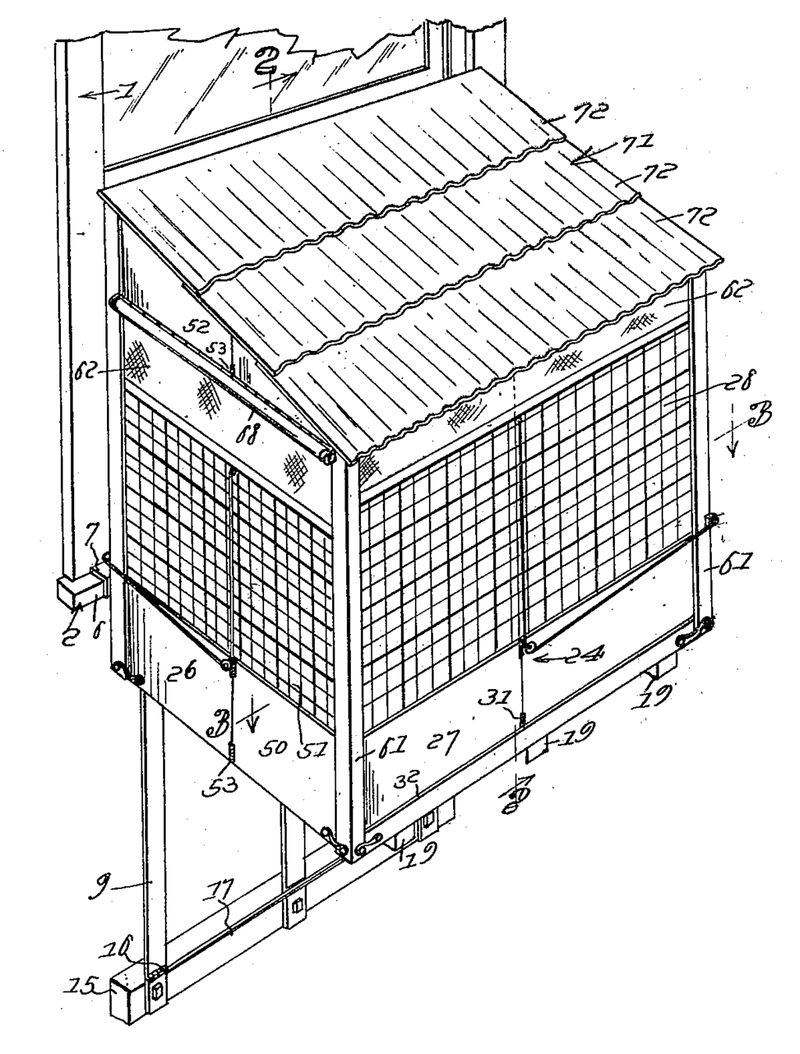
Back in 1922, city parents faced a dilemma: how to give babies fresh air without hauling them downstairs. Enter the portable baby cage, a wire contraption that hung outside apartment windows like a birdhouse for humans.
Though it sounds terrifying now, families trusted these dangling cribs to keep infants safe several stories up. The patent promised ventilation and sunshine, but modern safety standards would definitely swipe left on this one.
2. Cyclomer Amphibious Bicycle
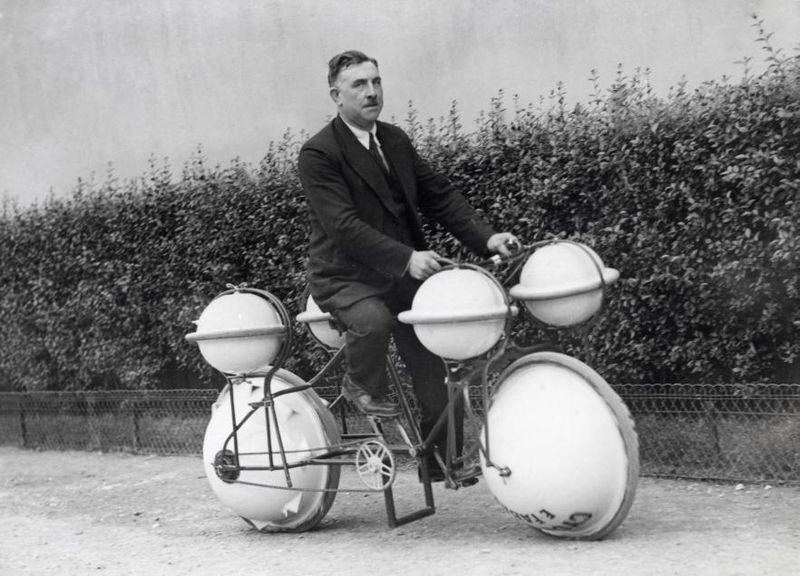
Why choose between biking and boating when you could do both? The Cyclomer, invented in 1932, wrapped bicycle wheels in giant float rings so riders could pedal straight from pavement into rivers.
Picture yourself cruising down Main Street, then splashing into the lake without breaking stride. However, steering this contraption required serious leg power and balance. Most folks decided bridges were simpler after all.
3. Dymaxion Car
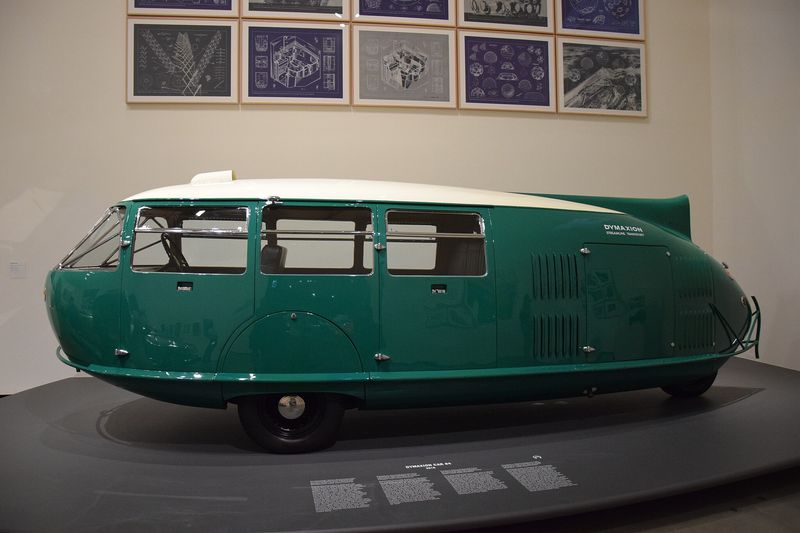
Buckminster Fuller dreamed big when he designed the Dymaxion Car in 1933. This three-wheeled, rear-steering streamliner looked like a spaceship crossed with a dolphin, promising fuel efficiency and airplane-level speed.
With room for eleven passengers, it turned heads everywhere. Unfortunately, tricky handling and a fatal accident during testing grounded Fuller’s vision. If only modern minivans looked this cool.
4. Ford Nucleon
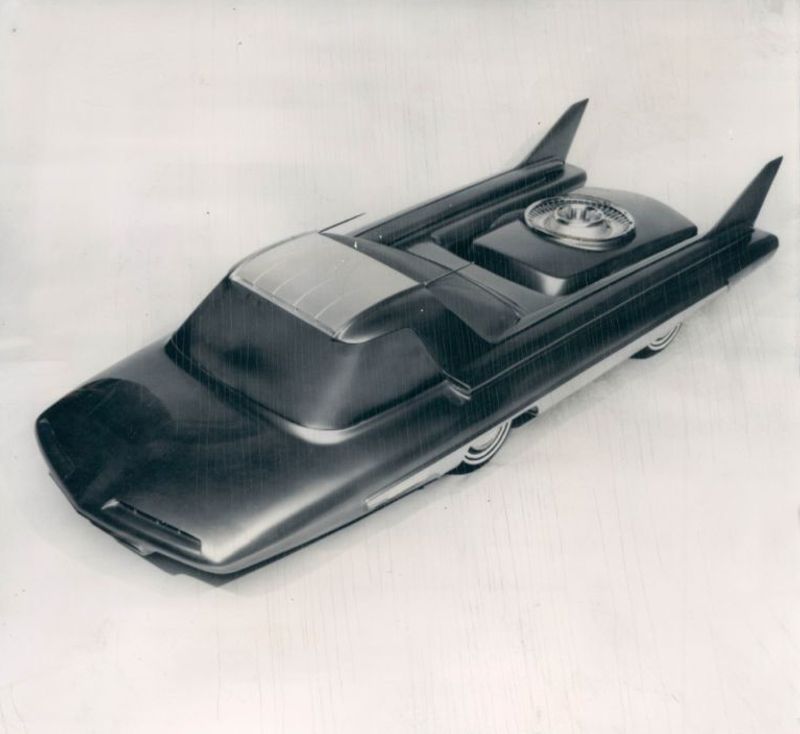
Imagine pulling into a gas station to swap out your nuclear reactor instead of filling up on unleaded. Ford’s 1958 Nucleon concept envisioned exactly that: a family car powered by a miniature atomic engine in the trunk.
Designers believed nuclear power would let you drive 5,000 miles between refueling stops. Reality check: radiation shielding, safety concerns, and common sense kept this glowing idea on the shelf forever.
5. Max Factor’s Beauty Micrometer
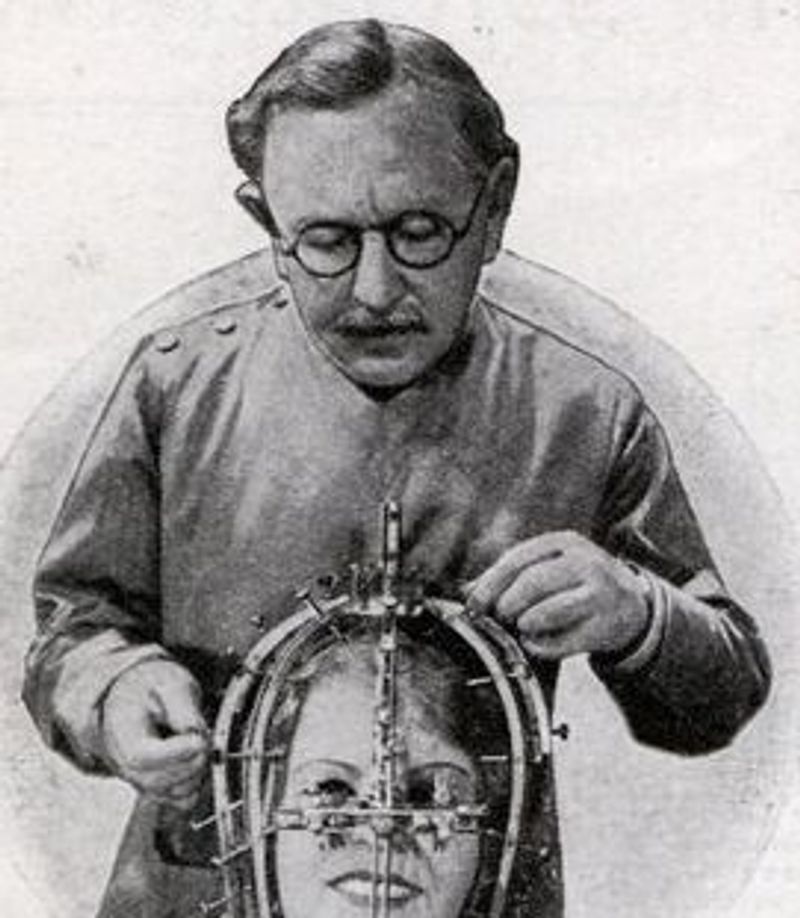
Hollywood makeup legend Max Factor took precision seriously. Around the 1930s, he invented the Beauty Micrometer, a brass head-cage that measured every curve and angle of a face to create custom cosmetics.
Actresses sat still while 325 adjustable points mapped their features like a sci-fi scanner. Though it looked like medieval torture equipment, the device helped stars achieve flawless on-screen looks before Photoshop existed.
6. Permanent-Wave Machine
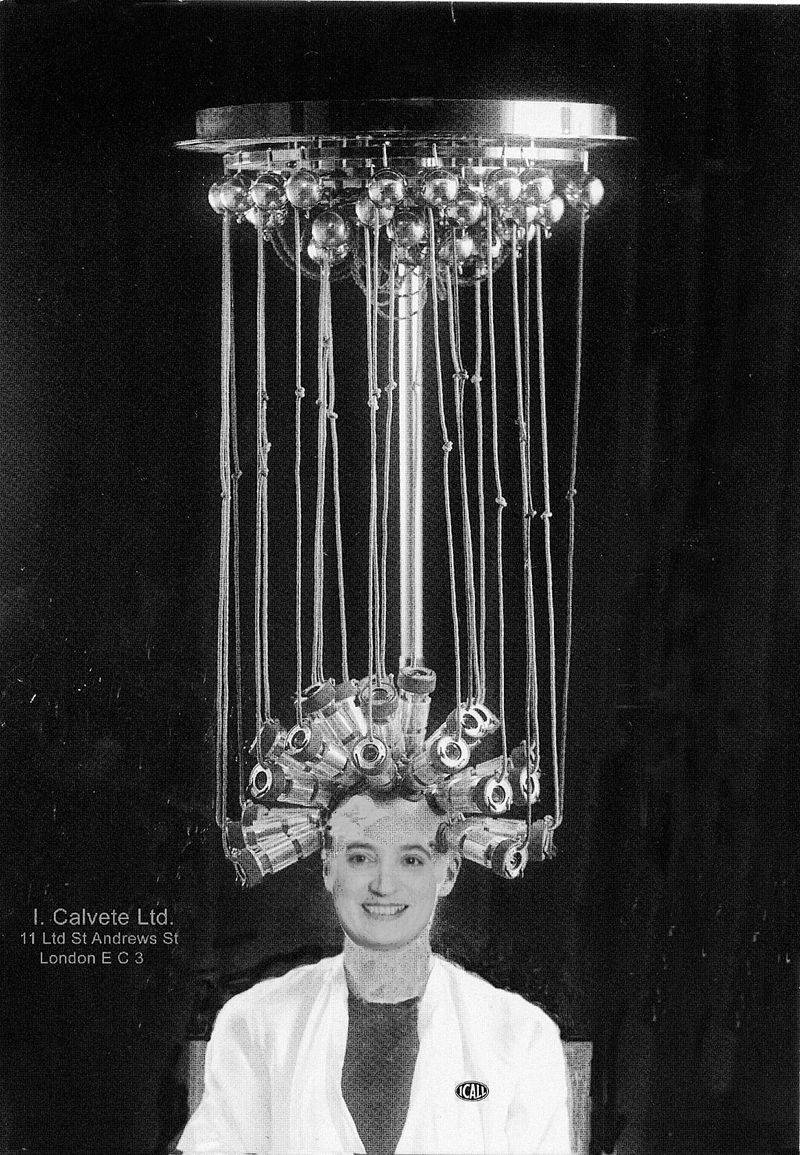
Want curls that last? Early 20th-century salons offered the permanent-wave machine, a chandelier of doom that dangled heated clamps over your head for hours.
Women sat beneath this electrical contraption while it baked waves into their hair using temperatures that could reach 212 degrees. Burns and singed locks were common side effects. Beauty truly demanded sacrifice before modern curling irons arrived to save the day.
7. Man-Lifting W*r Kite
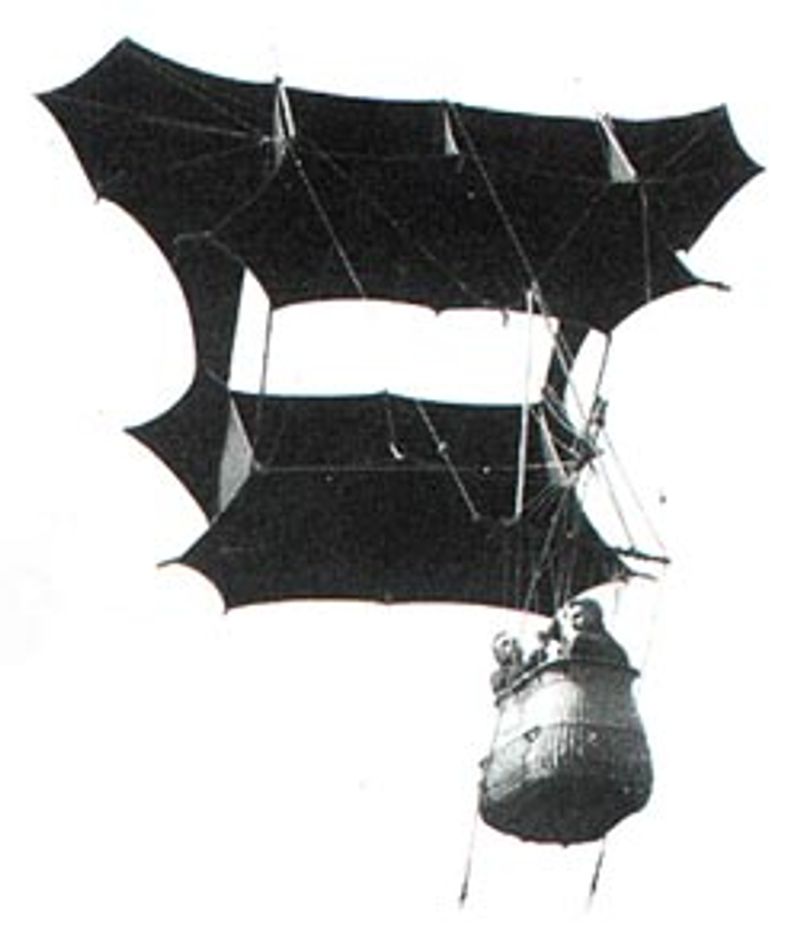
Before drones and helicopters, armies needed eyes in the sky. Samuel F. Cody’s solution between 1904 and 1908 was brilliantly simple: giant kites strong enough to hoist soldiers hundreds of feet up for reconnaissance.
Military observers dangled in harnesses, scanning enemy positions while praying the wind stayed steady. Though effective, these flying scouts made excellent targets. Airplanes soon offered safer alternatives with better views.
8. Pigeon Camera
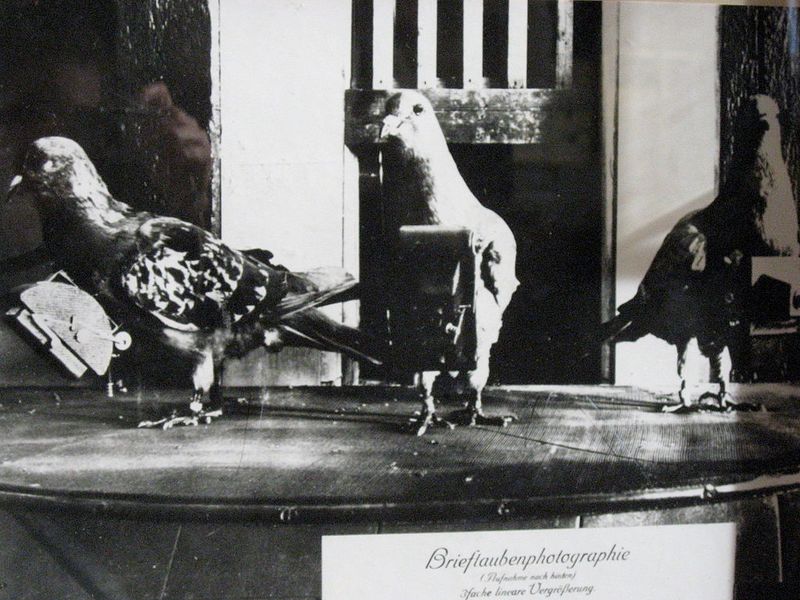
Julius Neubronner had a wild idea in 1903: strap tiny automatic cameras to homing pigeons and create the world’s first aerial photography drones.
Birds flew predetermined routes while lightweight cameras snapped timed photos from above. Military scouts and mapmakers loved the concept, though results were hit-or-miss depending on pigeon cooperation. Imagine reviewing vacation photos taken by a bird with zero artistic vision!
9. Shoe-Fitting Fluoroscope
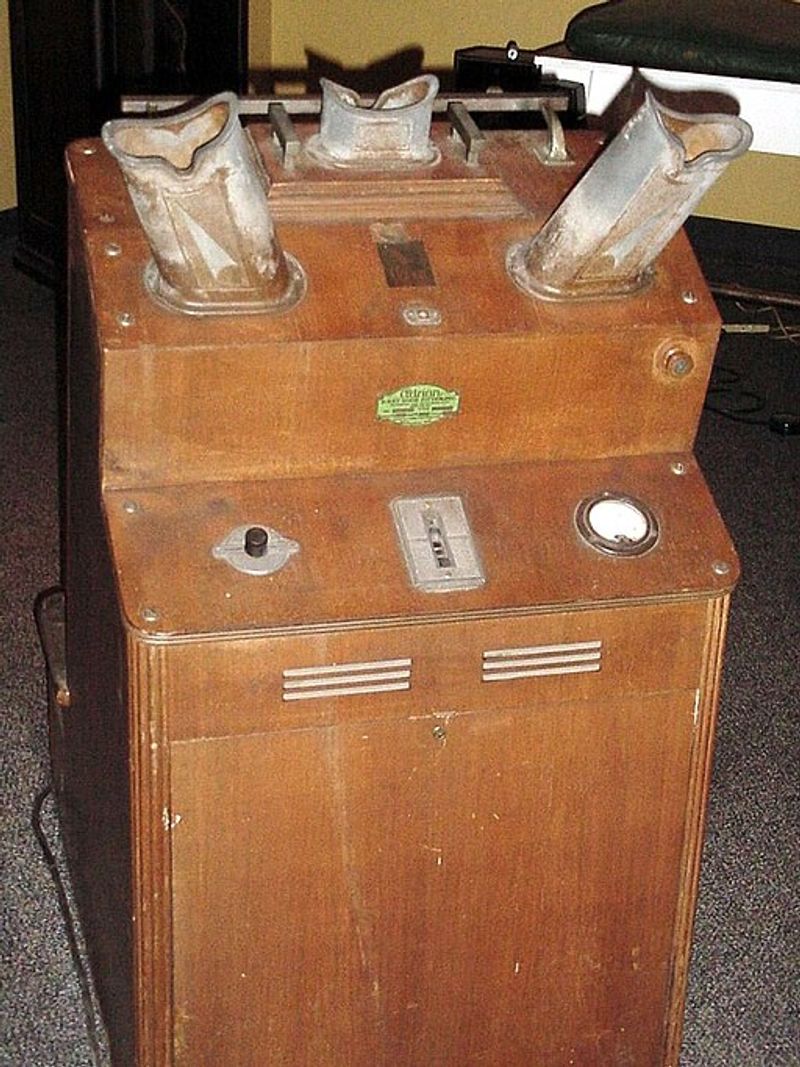
Shopping for shoes once involved blasting your feet with X-rays. From the 1920s through the 1950s, shoe stores featured fluoroscopes that let customers see their toe bones wiggling inside potential purchases in real time.
Kids thought watching their skeletons was cooler than cartoons. Unfortunately, repeated radiation exposure caused serious health problems. The machines vanished once someone finally asked if glowing feet were worth cancer risks.
10. Teasmade
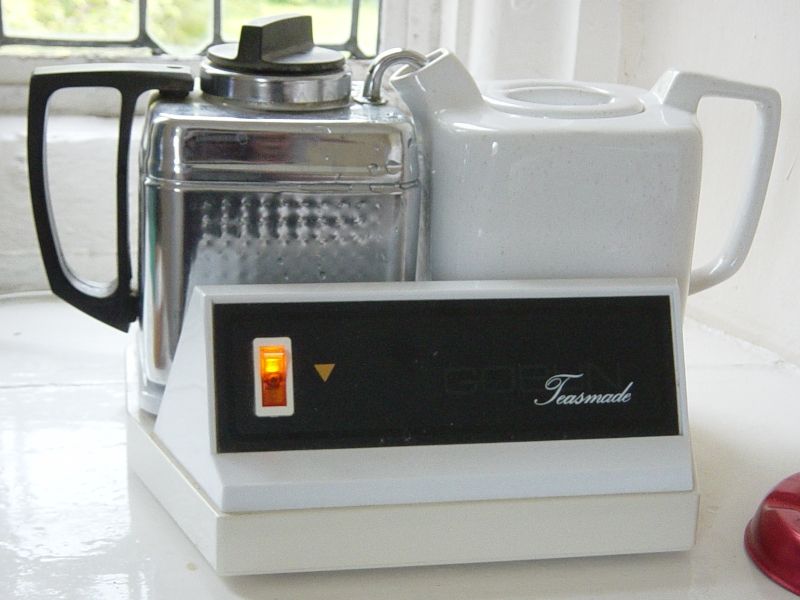
British ingenuity peaked with the Teasmade, an alarm clock that brewed fresh tea the moment you woke up. Starting in the 1930s, these bedside marvels combined timers, kettles, and teapots into one glorious contraption.
No more stumbling to the kitchen half-asleep. Just reach over, grab your perfectly timed cuppa, and face the day like royalty. Honestly, every country should have adopted this brilliant tradition immediately.
11. Hiller VZ-1 Pawnee Flying Platform
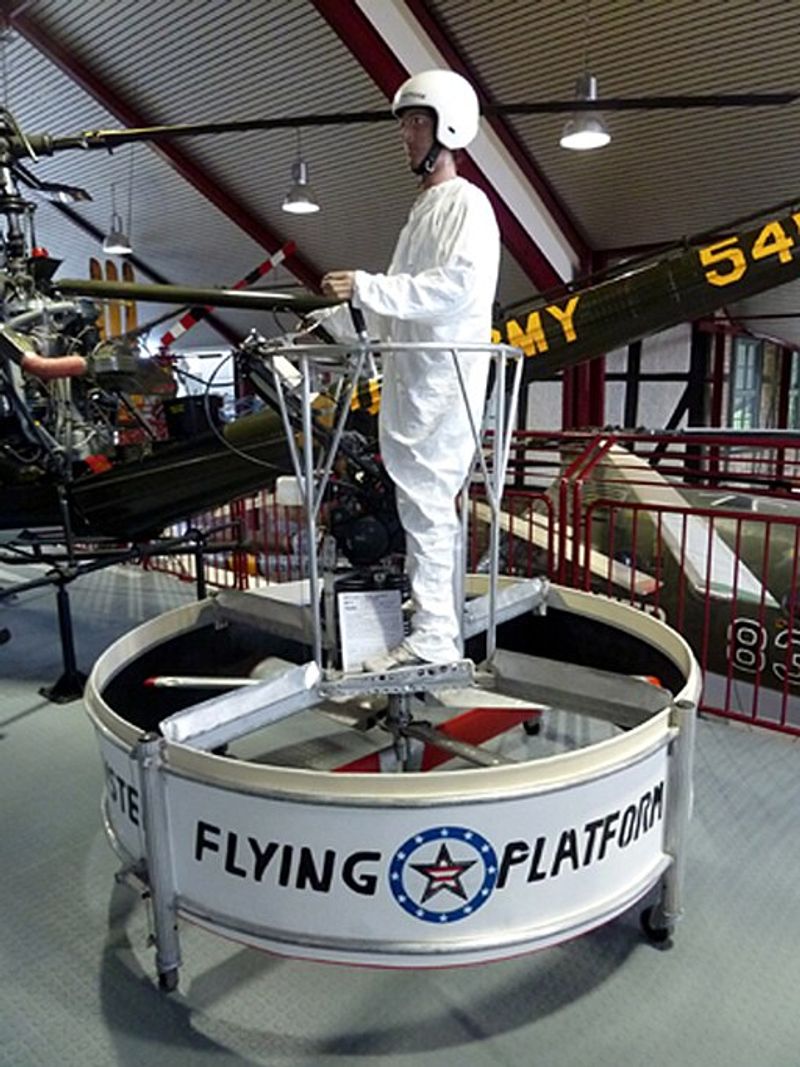
The 1950s military dreamed of soldiers soaring into battle on personal flying platforms. Hiller’s VZ-1 Pawnee delivered: a ducted-fan disc you stood on and steered by leaning like a high-tech skateboard.
Test pilots hovered impressively during demonstrations, but combat use proved impractical. Imagine getting shot at while balancing on a noisy flying dinner plate. Helicopters offered better protection and slightly less chance of comedic crashes.
12. Bell Rocket Belt
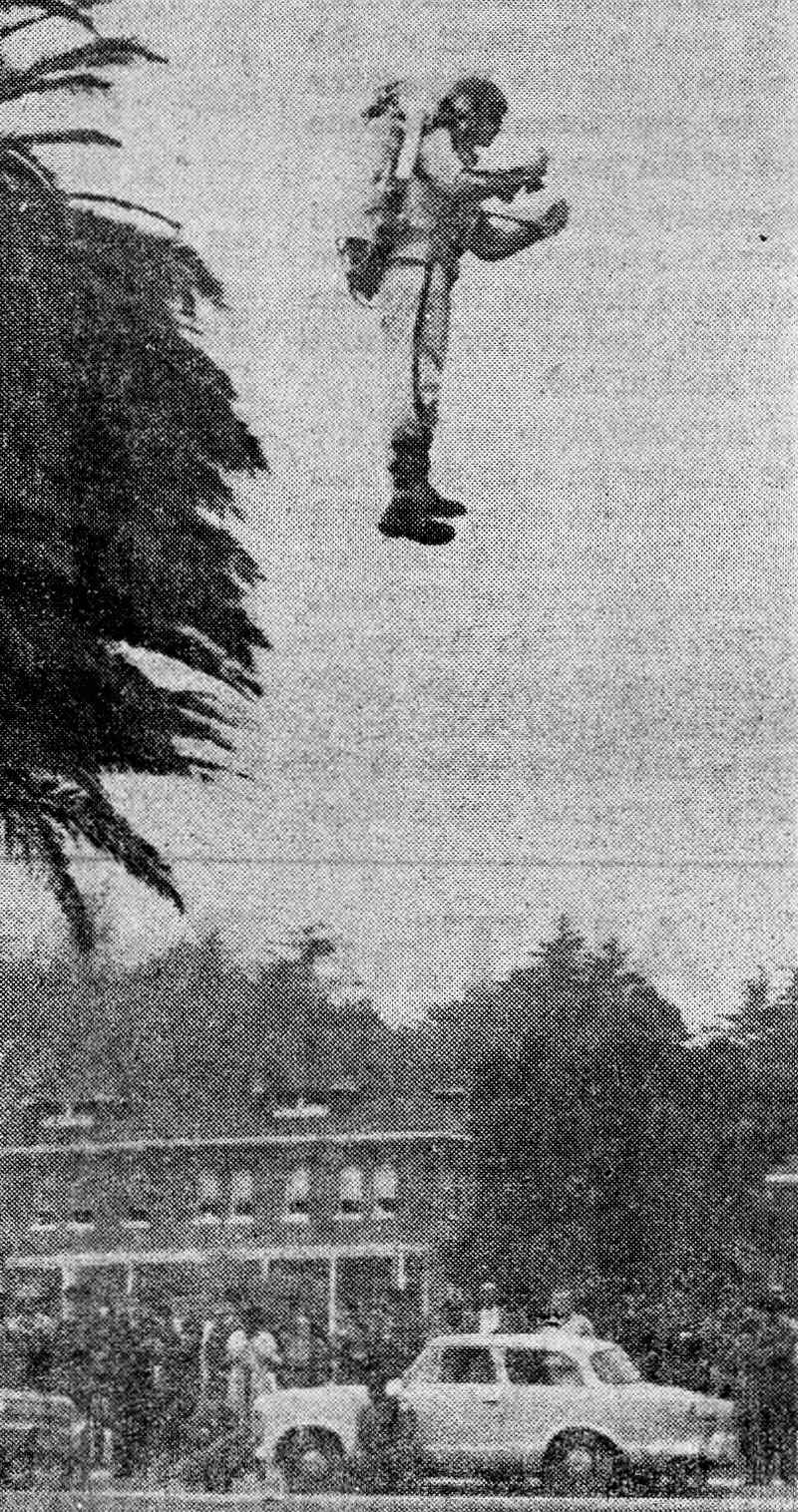
When Bell Aerosystems unveiled the Rocket Belt in 1961, jetpack dreams finally came true. This hydrogen-peroxide-fueled backpack launched pilots into the air for a glorious twenty seconds of pure sci-fi coolness.
James Bond even flew one in Thunderball, cementing its legendary status. However, short flight time, scorching exhaust, and zero safety features meant personal jetpacks stayed in movies. Still, those twenty seconds looked absolutely epic.




